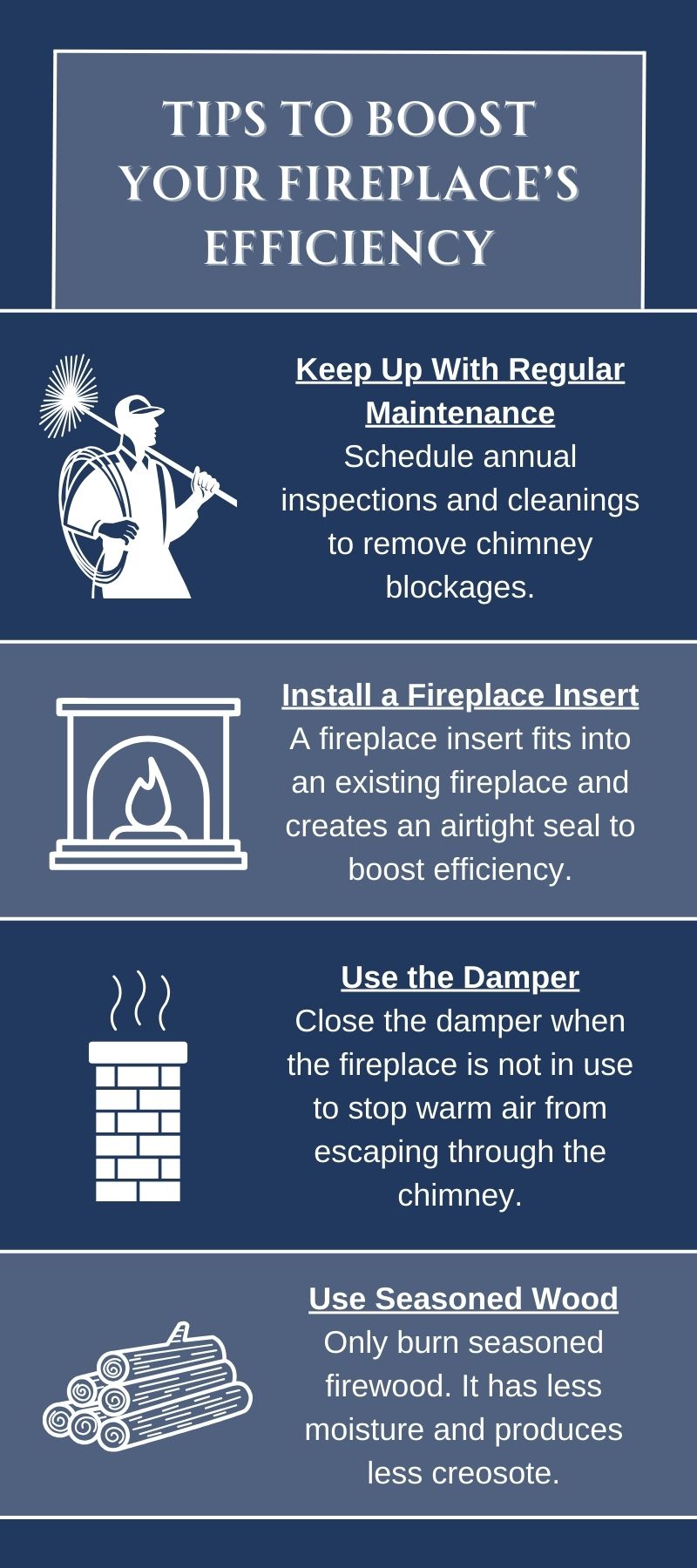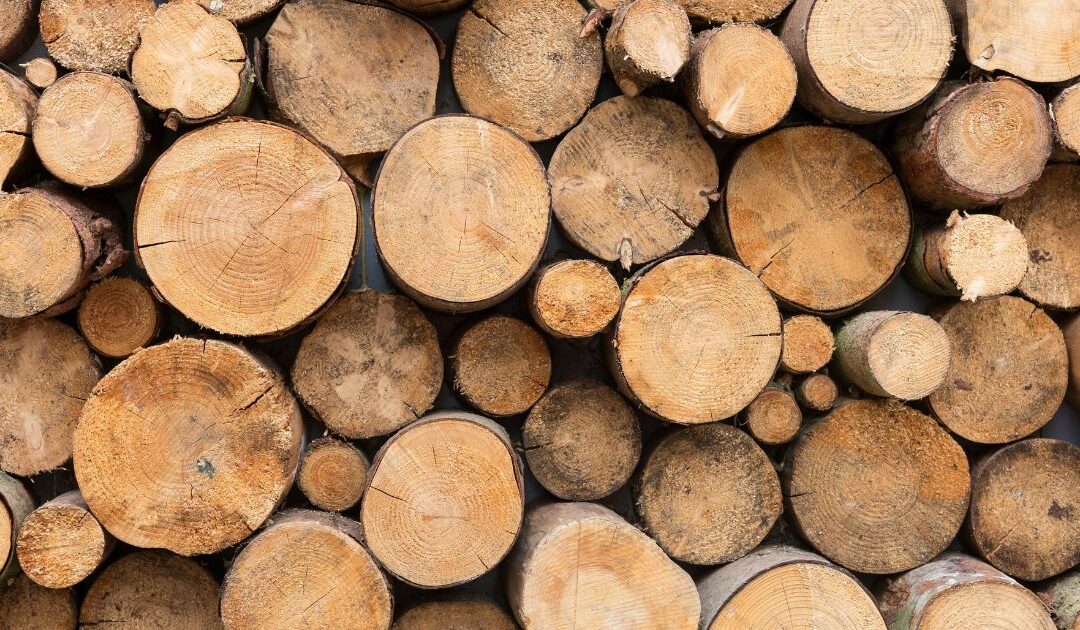The holidays are the perfect time for creating new memories and honoring old traditions. With the festivities comes cold weather, and you’re probably spending most of your time these days gathered around the fireplace or wood stove with your loved ones. Your chimney system has to work extra hard during this time of year to keep your home warm as the temperature drops outside. Unfortunately, the more you use your fireplace, the more likely it is for a problem to pop up. A malfunctioning fireplace or wood stove is sure to put a damper on the holiday spirit, and you need to know what you can do to avoid that potential disaster.
That’s where Dunrite Chimney & Stove comes in. We’re here with some sage advice to get you through the season with your cheerful vibes – and fireplace – intact. And if you should have an issue with your chimney, don’t hesitate to get in touch with us. We’re always ready to help.
You can schedule an appointment with us online or give us a call at 631-738-0005 today!
How Can I Improve My Fireplace’s Efficiency During Winter?
You may not realize it, but your fireplace is the unsung hero of winter. Its workload suddenly doubles and the effort usually goes unnoticed unless something goes wrong. One of the hiccups you might see is a dip in efficiency when the weather takes a chilly turn. The added strain on the chimney system can leave you feeling that your fireplace isn’t giving off enough warmth to keep a space properly heated. And if you have a wood-burning setup, you find yourself having to use more firewood to get your preferred room temperature.
Is there anything homeowners can do to prepare their fireplaces for the inevitable Northeast weather shift? Absolutely! Here are a few tips:
- Be sure to close the damper when the fireplace isn’t in use. You wouldn’t leave a door or window open during a blizzard, and you shouldn’t leave your damper open either. All of that precious warm air goes right out of the chimney as long as the damper is open.
- Only burn seasoned firewood. Seasoned firewood (wood that has been dried for at least six months) has a lot less moisture than green firewood and doesn’t have the harmful chemicals found in painted logs. It burns hotter and cleaner which helps limit creosote buildup. Oak, maple, hickory, and ash are great options and are prevalent throughout New York.
- Use a heat reflector. Install a heat reflector at the back of your fireplace. This metal shield absorbs and reflects heat into the room allowing it to circulate more efficiently.
- Check for gaps or leaks. Openings and cracks work are easy ways for warm air to escape. Take a good look around the fireplace and chimney area for any gaps, and schedule an appointment with us to have them sealed.
- Install a fireplace insert. Investing in a fireplace insert may be a more cost-effective solution if there are a lot of gaps throughout the chimney system. This is also a good option if you’re considering changing fuel types.
- Schedule chimney maintenance annually. Sometimes a fireplace’s lack of efficiency can be attributed to an issue as simple as a blockage. This is the type of problem that’s commonly found during a chimney inspection and can be easily taken care of with a chimney cleaning.

How To Build the Perfect Fire During the Cold Days
Winter really hits its stride in the Tri-State area after the calendar year flips. It’s not enough to get a fire started quickly during those frigid days in January – you also need it to burn hot and last a while. The perfect fire seems like a lofty goal but we can assure you, it’s possible.
- First things first – get your firewood ready. Gather some logs in a few different sizes and store them somewhere near the fireplace. You’ll never build a successful fire if you’re constantly running back and forth to get firewood.
- Open the damper. Starting a fire with a closed damper will result in smoke backing up in your living space.
- Preheat the flue. In the dead of winter, the flue will be cold. If you try to get a fire going, it’s going to take longer and you may struggle with condensation problems and backdrafting. To warm the flue, grab some newspaper and form it into a cone shape. Then, light one end and hold it near the flue opening. It should only take a couple of minutes to get the job done.
- Build the stack top-down. Place larger logs on the bottom of the grate, stack medium-sized pieces towards the middle, and top it with the smallest logs. Place a layer of kindling – typically small sticks or twigs – on top of the smallest logs. Finish it off with tinder, like lint or an old newspaper.
- Light the fire. We recommend using matches or a fire starter. Never use accelerants indoors!
What Is the Freeze/Thaw Cycle?
Brick is porous, meaning it naturally absorbs water. When it rains or snows, that water seeps into your chimney. This is already a problem – moisture and chimneys don’t mix – but it’s made worse by the freeze/thaw cycle.
The freeze/thaw cycle starts when water gets trapped in the brick. It gets colder during the evening and the water freezes, which causes the brick to expand. Sunrise brings a temperature spike that allows the water to thaw, and the brick contracts again. This process constantly repeats, and over time, the chimney can start to suffer, leading to damaged masonry, leaks, and an unstable structure.
The freeze/thaw cycle is an unfortunate downside of living in an area that gets its fair share of precipitation, but you can protect your chimney by scheduling waterproofing services with Dunrite Chimney & Stove.
How Do I Store Firewood Outside in the Winter?
It’s best to store firewood outside. We know that seems counterintuitive since we prefer to use seasoned firewood, and it can be hard to keep wood dry during bouts of rain and snow. It’s not always easy, but we do have some suggestions to help you out:
- Choose a good area. “Location, location, location” is a known philosophy in real estate, but where you store your firewood is very important. Choose a spot that isn’t close to your house (hello bugs and pests), but gets plenty of sunlight.
- Keep the firewood elevated. Use pallets or racks to keep the firewood off the ground. This protects it from moisture on the ground, while maintaining good airflow.
- Cover it during bad weather. Keep an eye on the weather report. When the forecast predicts rain, cover the firewood with a tarp or waterproof cover. Be sure to remove the tarp when the storm passes. Get a sloped shield if you prefer to keep the stack covered at all times.
- Move the firewood around. Rearrange the firewood every now and then. This prevents moisture from building up in one section, which can lead to the growth of mold and fungus.
What Should I Do if I Need Wintertime Chimney Repairs?
We suggest making appointments during the spring and summer when it’s easier to get your preferred times and repairs can be completed safely. You should try your best to schedule maintenance appointments, like chimney inspections and sweepings, within this timeframe, but we understand that there may be instances when repairs can’t wait. Chimneys don’t follow a schedule, and there can be a problem at any point during the year.
You can call us year-round if you have an emergency, such as a chimney fire or severe weather event, that compromises your chimney’s structural integrity. Your safety is our top priority and an unsound chimney is too dangerous to wait for better weather.
Get Your Fireplace Ready for Winter – Schedule With Us!
We hope our tips help you navigate the cold months with a fully functioning fireplace, but we’re just a phone call away if you need us. When your fireplace or wood stove sputters, trust Dunrite Chimney & Stove for chimney and fireplace repair services. We’re ready to come to your rescue, no matter the season. Call us today at 631-738-0005 or schedule an appointment online.


Recent Comments